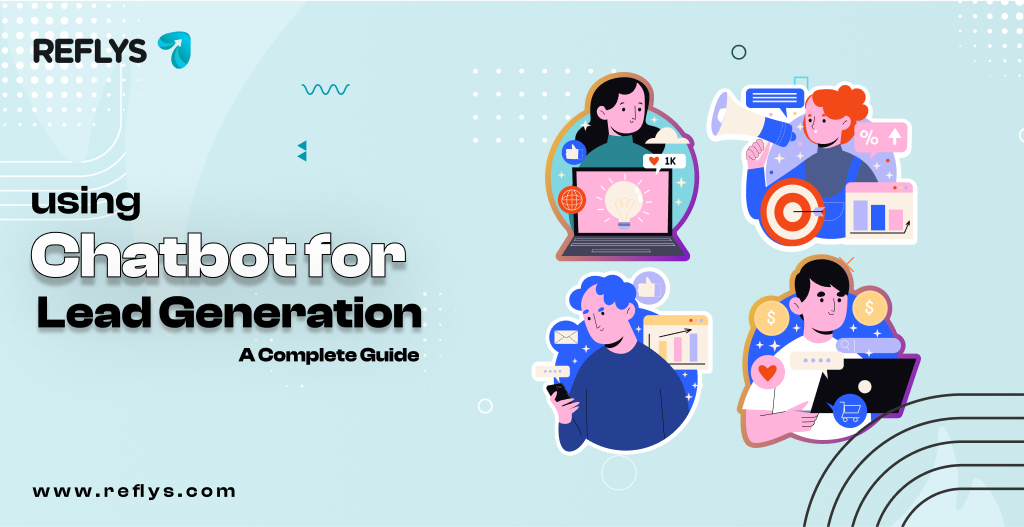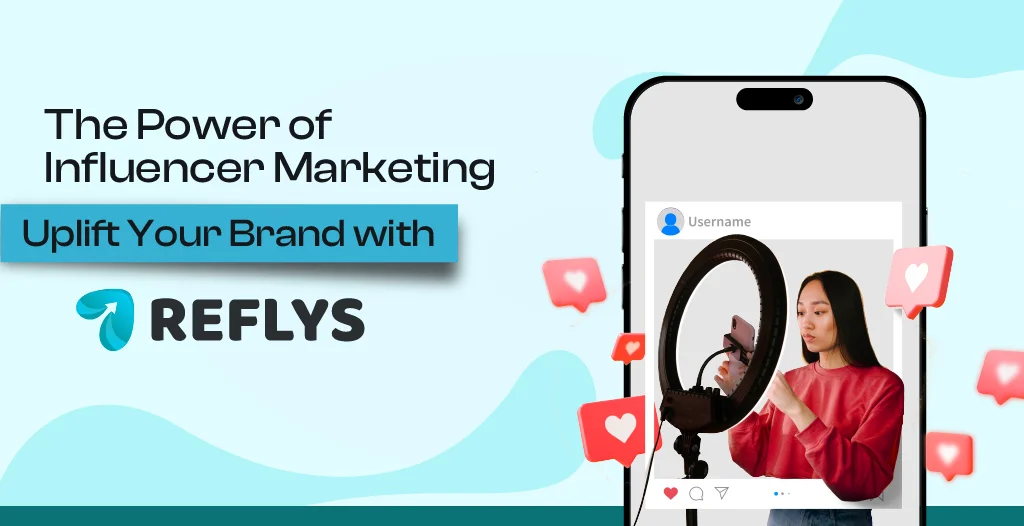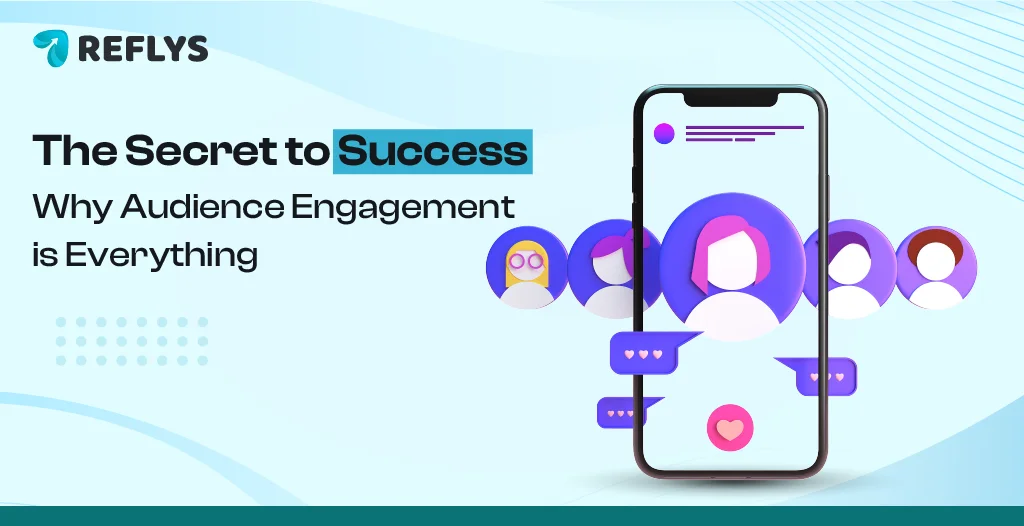Using Chatbots for Lead Generation: A Complete Guide
All businesses require leads to expand their business. Someone interested in your service or product is called a lead. It may be a visitor who filled out a form, clicked your advertisement or sent you a question.
Lead generation is the process of attracting and converting people into potential customers. It is one of the most valuable elements in any marketing plan.
But here’s the problem—traditional lead generation methods such as forms or cold emails are not as effective as they used to be. People want quick answers and friendly conversations. That’s where chatbots come in.
Chatbots have transformed business communication with its consumers. They can talk to your visitors, provide various answers, and gather contact details without human involvement.
Businesses using chatbots to generate leads have observed a 40% increase in conversion rates as compared to traditional web forms
Let’s discuss in detail.
What are Chatbots?
A chatbot is a programmed application that communicates with a user through chat. It can respond to queries, gather data, and even make recommendations, just like a real person responds.
Chatbots can be
- Rule-based chatbots: Follow a fixed script or flow (if the user says X, reply with Y).
- AI-powered chatbots: They use artificial intelligence to understand what users say and they respond to them in a natural way.
Types of Chatbots
- Website Chatbots: Pop up on your website to assist visitors.
- Messaging App Bots: Work on platforms like WhatsApp, Facebook Messenger, or Instagram
- Live Chat Bots: Combine chatbot responses with real human support when needed.
Key Components of a Chatbot
- Triggers: What starts the conversation (e.g., landing on a page, clicking a button).
- Flows: The path the conversation follows.
- Integrations: Where the data goes (like to your email tool or CRM).
Why Use Chatbots for Lead Generation?
There are a number of advantages of chatbots as compared with the old-school approaches to lead capturing:
Instant 24/7 Responses
Chatbots don’t sleep. They are accessible whenever you need them and assist you in reaching leads even at off-business hours.
No Manual Input Needed
It does not require a desk person to answer anything. A chatbot is able to welcome the visitor, query and gather information automatically.
Higher Engagement
People also enjoy chatting as compared to completing lengthy forms. Bots are more personal and the interaction will help the user stay connected.
Lead Qualification on Autopilot
These chatbots are also able to ask qualifying questions and categorize leads by their responses, all without additional effort.
Real-Time Personalization
You can also personalize the response of the chatbot to the behavior of the user, their location, or their interests to make each chat personal.

How Chatbots Work for Lead Generation?
Let’s take a closer look at how a chatbot gathers leads.
1. Trigger Points
Based on an action, a chatbot initiates the conversation:
- The visitor goes to your pricing page.
- Someone clicks your ad.
- A person sends a message on WhatsApp or Facebook.
2. Conversation Flow
An efficient lead-gen chatbot usually follows this path:
Greeting → Value → Questions → Capture
For Example:
“Hi! You want a 10 per cent discount on your first purchase?
“Great! Which product do you want to buy?”
“Cool! Write your email and get your discount.”
3. Lead Qualification
The chatbot can do the following based on the answers provided by the user:
- Assign a lead score.
- Segment the user (e.g., B2B vs B2C).
- Route them to the right team.
4. CRM and Email Integration
After gathering the information, the chatbot sends data to:
- Your CRM (like HubSpot or Zoho).
- Your email tool (like Mailchimp or Klaviyo).
- Your WhatsApp or SMS campaign tool (like Reflys).
5. Follow-up After the Chat
After the conversation, leads can be:
- Added to an email campaign.
- Retargeted with ads.
- Send a WhatsApp message or follow-up offer.
How to Design a High-Converting Chatbot?
Here are some practical tips for building a chatbot that gets results
Write Friendly Copy
Keep the tone warm and human. Use emojis and simple language.
Example:
“Hi there, are you ready to save time and grow your business?”
Use Lead Magnets
Offer something in exchange for contact info:
- Discount codes
- Free guides
- Checklists
- Early access
Ask Easy Questions
Use multiple choice or simple “Yes/No” questions. Avoid open-ended questions at the start.
Don’t Ask Too Soon
Start with value and engagement. Only ask for email or phone after a few replies—when the user is warmed up.
How to Measure the Success of Your Chatbot?
You can’t improve what you don’t measure and measuring metrics is important while using a chatbot for lead generation. So how can you determine whether your chatbot is effectively doing its work or not? These numbers, also called “metrics,” allow you to identify what is performing well and what you should do better.
1. Conversion Rate
This shows you how many people gave you their contact information (name, phone number, or email) after talking to your bot.
For example, if 100 communicate with your chatbot, and 20 of them have shared their contact information, then the conversion rate is 20%.
Thus, it means the higher the conversion rate, the better your chatbot is performing in turning visitors into your potential customers.
2. Collecting Leads
It is the sum of the total individuals who have shared their information via the chatbot. People who are interested in your product or service can be compiled into a separate list.
Thus, it shows that the more you gather leads, the higher the number of individuals you can proceed and convert into customers.
3. Engagement Rate
It shows the number of users who are actively participating and answering your chatbot’s messages.
For example, if 500 individuals visit your chatbot, but only 100 react to the messages that have been sent, then your engagement level is 20 percent.
Thus, the higher engagement rate shows that more people are interested in your product and willing to communicate with your bot.
4. Response Time
It shows the speed of your chatbot responses to the user. Even a few seconds’ delay may lose the interest of the visitors.
Thus, a bot that responds quickly makes the users happy and more willing to remain in the conversation.
5. Qualified Leads
All leads are not equal. A qualified lead is someone who fits your ideal customer profile, such as a person who needs your product, is willing to make a purchase, or fits your target location.
Thus, it shows that following up on the qualified leads will enable you to deal with those individuals who have a higher chance of converting to paying customers.
6. A/B Testing Results
In this process, you will put different versions of your chatbot messages or flows into the testing environment to find which of the two messages or flows works better.
For example, you might try two different welcome messages and see which one gets more replies.
Thus, A/B testing can assist you to improve your chatbot in the future and achieve more positive outcomes.
Best Practices to Implement Lead Generation Chatbots
These are some best practices to maximize the efficiency of lead generation chatbots.
- Define clear objectives: Clearly define your goals, such as increasing lead volume or better conversion rates.
- Set up effective targeting: Incorporate a chatbot based on user behavior, such as the amount of time spent on a page.
- Test and optimize: Review chatbot conversations frequently to improve efficiency.
- Ensure data security and compliance: When gathering and storing data, follow laws such as the General Data Protection Regulation (GDPR).
Common Mistakes to Avoid
Even great tools can fail with poor setup. Avoid these common chatbot mistakes:
- Asking Too Many Questions: Keep it short. Long conversations can cause users to drop off.
- No Human Fallback: Always give users a way to talk to a real person if needed.
- Poor Segmentation: Don’t treat all users the same. Ask a few key questions to personalize the journey.
- Weak Follow-Up: If you don’t follow up on collected leads, you lose business. Use email or WhatsApp to stay in touch.
- No Tracking or Testing: Set up proper analytics and test your flows frequently.
Conclusion
Chatbots have transformed the business generation of leads. They are quick, approachable and work hours. If you are in e-commerce, SaaS, coaching, or organizing events, chatbots will help you grow faster.
Start small. Create an easy chatbot sequence by preparing 3-4 messages. Give value, introduce simple questions and get contact details. Over time, improve and expand


